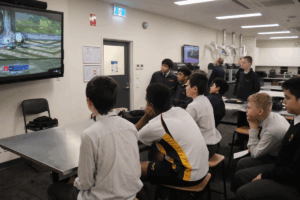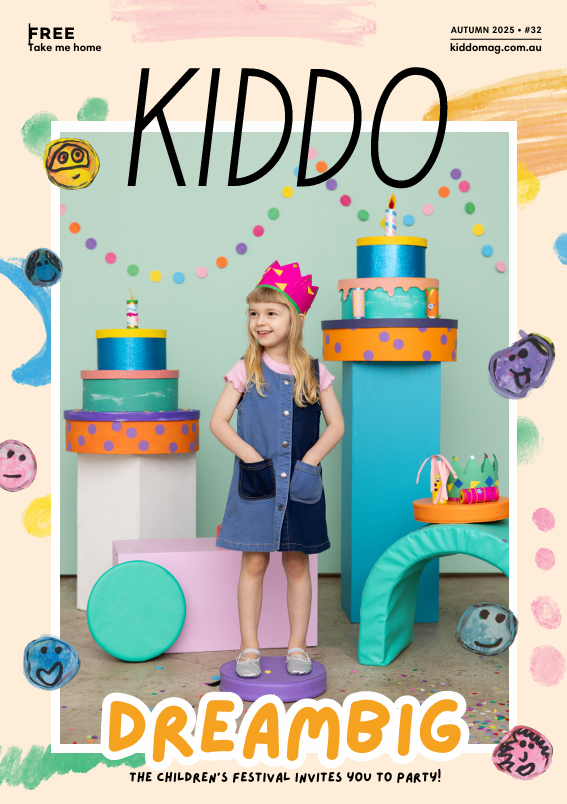WORDS: Melanie Wegener, B.Ed (Prim)
As parents, we have a responsibility to teach financial literacy to our children. It is easier to start positive money habits young than correcting them later.
We can say all the right things and teach them skills but if we are not modelling this in our behaviour, chances are they are not going to take much notice. Monkey see, monkey do.
Here are some practical tips on introducing basic money concepts at different developmental stages:
Preschool
Young children are eager to learn, watch closely and try to imitate us. Their little brains are like sponges. The conversations we have and behaviours we model in the early years build a foundation for future stages.
- Young children can do basic chores for spending money
- Take photos of toys they want or add to their wish list
- Let them pay at the checkout
- Avoid taking them to shops often – the temptation of toys can be too hard to resist
- Allow them to spend some of their money at op shops and garage sales
- Sign up for your local toy library
Generosity: Ask if they have any toys they would like to donate to children who don’t have many.
Recommended read: I’m glad for what I have by Rachel Cruze.
Primary
Children are enthusiastic to learn and enjoy spending money. They crave more responsibility and like the opportunity to earn cash.
- Give pocket money for chores
- Model how to get the best deal (price comparison, sales, vouchers and cashback)
- Teach budgeting with jam jars, dividing money into spend, save, give (and invest)
- Provide ways to earn extra money (lemonade stand, cake stall, garage sale)
- They can sell unwanted toys to fund new ones
- Teach the difference between a need and a want
Generosity: Think Kmart Wishing Tree, Operation Christmas Child, Backpacks 4 Kids or child sponsorship.
Recommended read: Barefoot Kids by Scott Pape.
Secondary
Teenagers might think they know it all (but we know better). Equipping them with the tools they need to manage money is crucial, especially as they gain more independence.
- Apply for a TFN, superannuation, and bank account
- Encourage them to apply for a part-time job
- Help them create a simple budget
- Discuss the dangers of BNPL, credit cards and car loans
- Don’t pay for everything. The bank of Mum and Dad is not a long-term option
- Allow them to spend their own money and make some mistakes
Generosity: Ask your teen to choose a charity to support, like the RSPCA, Red Cross, Dignity, UNICEF, Useful Gifts or World Vision.
Recommended read: The Barefoot Investor by Scott Pape
Our children will learn about money, whether we teach them or not. Ensuring that we are modelling a positive relationship with money is key. With a little intentionality, we can raise money-savvy kids. What a gift this will be for our children, no matter what age or stage they are at.
Follow Mel for more tips:






